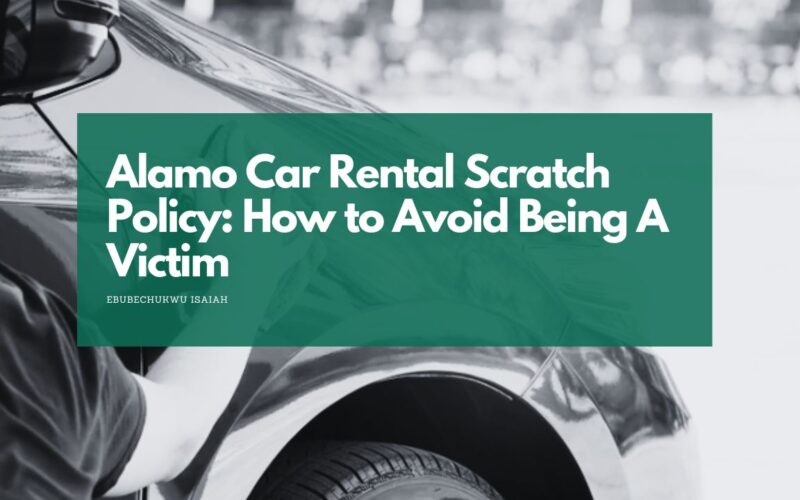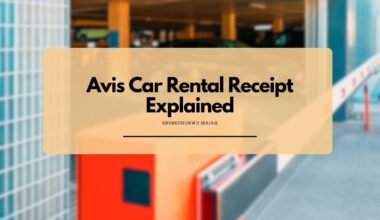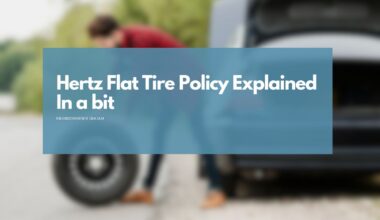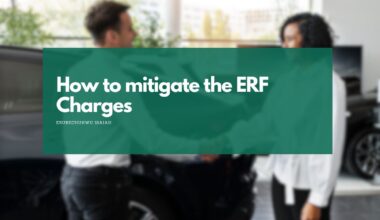As an Amazon Associate, I earn a small commission from qualifying purchases. Learn more about this.
Renting a car is often a straightforward process—until it’s not.
Things can quickly become complicated when you return the car and find that you’re being charged for scratches or dents.
While Dollar Car Rental has its specific policies on this, many people are often uninformed or confused. This article aims to the company’s scratch policy and guide you on how to avoid unexpected costs.
Understanding Dollar Car Rental Scratch Policy
When you rent a car, you’re essentially agreeing to take good care of someone else’s property.
In return, you get the freedom to drive around without the hassles of ownership. But what happens when you return the car and there’s a scratch on it?
The unfortunate reality is that this can lead to additional charges—charges that nobody likes or anticipates. That’s why knowing Dollar Car Rental’s scratch policy is so critical.
Now, every car rental agency has its policy about damages, scratches, dents, and the like. Dollar Car Rental is no exception.
Their policy, like others, is designed to protect their fleet of vehicles, ensuring every car remains in top-notch condition for the next user. Makes sense, right?
Now, Dollar Car Rental expects their vehicles to be returned in the same condition they were rented out. However, we all know that life happens: shopping carts go astray, tight parking spots abound, and sometimes, through no fault of our own, the car gets a scratch.
But here’s where you need to be cautious: not every scratch is treated equally. Some superficial marks, especially those that can be easily buffed out, might not cost you anything extra.
So, how can you tell between these scratches? What type of scratches cost money and what others don’t cost money?
Let’s take a look at them in detail.
Dents
- Acceptable: Minor dents that are no more than 20mm in diameter and where the paint is intact.
Stone Chips
- Acceptable: Stone chips on the paint that are no more than 4mm in diameter.
Scratches
- Acceptable: Light scratches are fine, as long as no metal, plastic, or undercoat is exposed and they’re no more than 20mm in diameter.
Bumpers
- Acceptable: Light scuffing or scratches on the bumpers are okay, as long as no metal or plastic is exposed and they’re under 20mm in diameter.
Lower Front Bumper
- Acceptable: Scuffing or scrapes below the first 50mm of the lower bumper or below the lower front bumper crease line are permissible.
Glass, Windscreen, Lamps & Mirrors
- Acceptable: Light scratches or minor chipping on the windscreen or lights are fine, as are minor or isolated pits under 2mm in the primary or critical vision area.
Wheels
- Standard Vehicles: The wheel trim should not be cracked, buckled, gouged, or mismatched and must remain original.
- Prestige & Collection Vehicles: Scuffs on the rims should be under 20mm long, not cracked, buckled, gouged, or mismatched, and must still be the original rim.
Interior
- Acceptable: Light marks that can be removed by vacuuming or general cleaning are fine. Excessive cleaning, however, will incur a fee.
Commercial Vehicles
- Missing equipment will be subject to relevant fees.
If a scratch you get isn’t acceptable based on the information shared above, you’re likely to be charged for it. On the other hand, if it’s acceptable, it’s considered under the fair wear and tear policy.
What’s the cost of Rental Car Damage at Dollar?
Flat Fee vs. Repair Cost
In most cases, rental companies like Dollar will have one of two approaches: a flat fee for minor damages or an assessment based on the actual repair cost.
The flat fee might seem steep, but should cover not just the repair but also the administrative overhead and the vehicle downtime.
On the other hand, repair costs are just what they sound like—you’ll be charged for the actual cost of fixing the damage, plus some margin for those aforementioned overhead costs.
Severity Matters
If you thought all scratches are born equal, think again.
A surface scratch could cost significantly less to repair than a deeper gouge that requires more intensive labor.
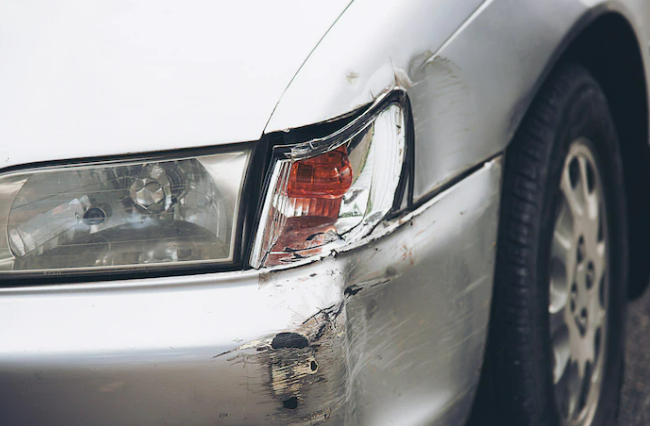
The material of the part that’s damaged—plastic, metal, or glass—can also influence the repair cost. If you’re stuck replacing an entire part, the costs can jump dramatically.
Insurance Comes Into Play
We can’t stress this enough—know your insurance coverage.
If you opted for additional coverage from Dollar or have a credit card that offers rental car insurance, you might be off the hook for some, if not all, repair costs.
However, insurance typically comes with a deductible, so you’ll need to factor that into your overall outlay.
Location-Specific Factors
This might surprise you, but where you rent the car can affect the damage cost.
Labor and parts might be more expensive in certain states or countries, and local laws can also impact how much you’re liable for.
How to avoid being of Car Rentals Scratch Policy
No one wants to be that person—the one who returns a rental car only to find they’ve been slapped with an unexpected fee for a scratch they didn’t even know existed.
Let’s cut right to the chase: Here are five steps you can take to protect yourself from becoming a victim of car rental scratch policies, like Dollar’s.
Step 1: Document, Document, Document
This can’t be emphasized enough. The moment you’re handed the keys, treat the car like a crime scene in a detective show—minus the drama, of course.
Take photos or even a video of the car from multiple angles. Make sure to get up close and personal with any existing dings, dents, or scratches.
The timestamp on these digital files can serve as proof of the car’s condition at the time of rental.
Step 2: Use the Pre-Rental Inspection Form
Most rental companies offer a pre-rental inspection form.
Here, make sure to list down any flaws you’ve noticed in the vehicle, even if they fall under “Fair Wear & Tear.”
If the rental agency staff rush you through this part, resist the urge to speed up. This is your money and peace of mind we’re talking about.
Step 3: Understand Your Insurance Coverage
This might sound tedious, but take a few minutes to actually read through your insurance options.
Whether it’s the rental company’s collision damage waiver or your credit card’s rental car insurance, know what is covered and what isn’t.
It might be worth opting for extra coverage if it protects you against minor scratches, as long as the cost is reasonable.
Step 4: Stick to Paved Roads
Now, this might sound like common sense, but you’d be surprised how many people decide it’s a good idea to take their rental off-road.
Rough terrains can easily result in scratches and dents that are definitely not covered under any definition of “Fair Wear & Tear.”
Step 5: Check and Double-Check Upon Return
When you return the car, don’t just toss the keys to the attendant and go on your merry way. Request that the vehicle be inspected in your presence.
If you took photos at the start of the rental, now’s a good time to have them handy on your phone for comparison. Also, make sure to get written confirmation that the car was returned in acceptable condition.
The Bottom Line
Understanding Dollar Car Rental’s scratch policy isn’t just about reading the terms and conditions—though you should definitely do that too. It’s about taking proactive steps to protect yourself from additional charges. After all, knowledge is your best defense.
